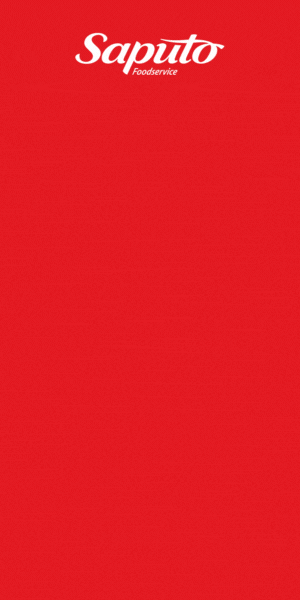A New Perspective on Labour: Moving away from the traditional views of costing
The restaurant industry is well known for operating on extremely slim margins. Throw in the stressors of COVID and the current labour shortage, and it’s no wonder many eateries across the country face serious challenges. Media coverage and trends reports are starting to emphasize higher wages and better benefits to attract labour, but Jim Taylor, owner and president of TaylorCo Hospitality Solutions, believes they’re only a part of the picture when it comes to building a healthy, thriving restaurant.
Restaurants have always placed a heavy focus on labour cost as a percentage of sales to evaluate the health and efficiency of operations. Traditionally, labour costs sit around 30 per cent of total sales, a common benchmark; a reasonable and sustainable value for most concepts. Should this percentage rise in the form of increased pay and benefits, it understandably gives many restaurant owners pause, especially given the many other restraints the industry is facing. Restaurant managers across the country live and die off their weekly labour cost line on the P&L. This mindset can artificially suppress wages and the hours/bodies that a restaurant may actually need to thrive.
Taylor takes a more holistic operational look at labour and how it really impacts the P&L. Rather than just recruitment and retention he coaches his clients to reframe their thinking.

“Labour should be viewed from a perspective of productivity, rather than solely as a percentage from sales.” His reasoning? While many factors influence sales, restaurant operators are only in control of a minimal number of them. “Variables that impact sales can include customer behaviour, marketing, weather, time of year, pricing, promotions and the like. But many are outside the control of restaurant management. Operators can only control staffing levels, with perhaps some limited influence over the number of customers served.”
Based on this logic, Taylor creates a scorecard for his clients and provides them with an optimal value score based on the relationship between the number of covers and the number of staff hours required to provide service. This way, variables outside the operator’s control are minimized. How close the score is to the optimal value provides a gauge of how well-managed the restaurant is over a given period. While the traditional, lower score indicates the restaurant was overstaffed that day for the number of customers served, and a higher score suggests inadequate staffing, his process allows restaurant management to focus on service and operations on a daily basis, without overreacting to fluctuations in labour costs. It also gives them a different perspective on what’s considered successful.
Taylor cites the example of a Wednesday Wing Night promotion: it brings in higher traffic, but when each customer spends less on a promotional offer, the busier-than-average shift does not actually provide a benefit to the restaurant’s productivity levels and the restaurant sees a traditional higher labour cost as a percentage of sales. The reaction is to cut staff hours which will have an impact on your sales (and your brand) if customer service is not up to par during a busy promotion.
This process helps Taylor move his clients beyond an arbitrary wage increase dollar amount by providing metrics-based options for operators. For instance, a nominal increase in menu pricing could be sufficient for a brand to raise pay, or an extra table turned, or a menu item upsold: all these actions will have an impact on labour costs. An increase in wages won’t cause undue alarm if there is a corresponding increase in productivity. This way, brands can be aggressive about hiring the right people at higher wages. In addition, focusing on a productivity score allows management to make operational decisions. Like: do all staff have to come in at opening?
Item costs, more bussers vs. servers, etc—these choices can be examined rather than sticking with the status quo without justification. Running a restaurant can be challenging, even in good times. Concepts across the country have been relying on innovation and a willingness to pivot in order to thrive during the past year. Now operators have been given a unique opportunity to consider whether embracing new methods and different mindsets can put their restaurants on a trajectory of success during a period of uncertainty. Bold moves made wisely can pay dividends.








1 Comments